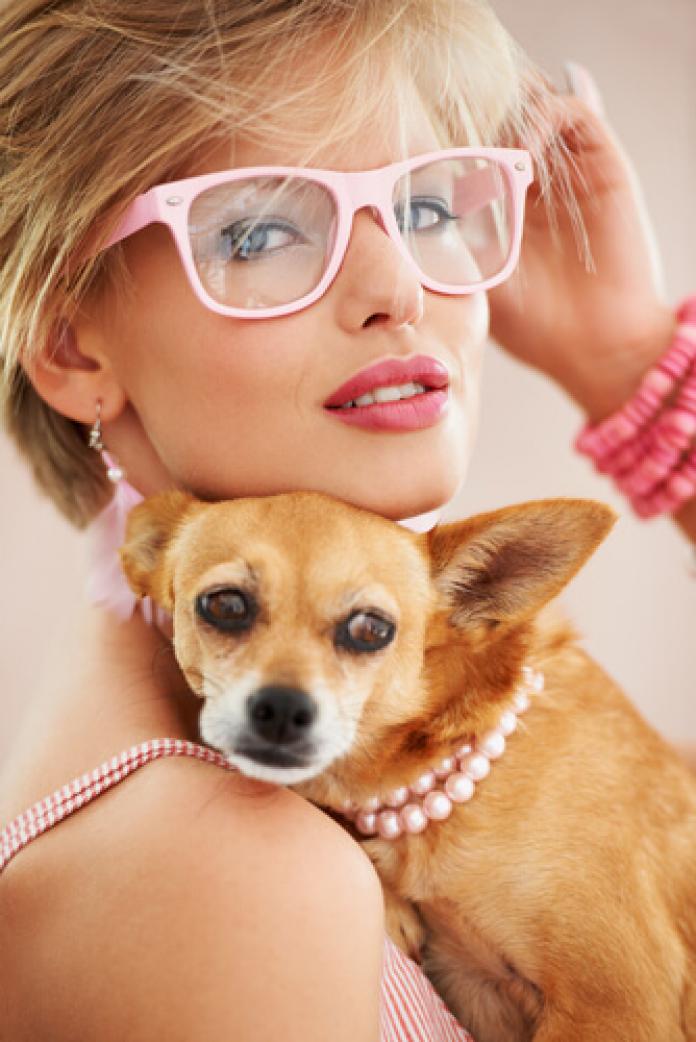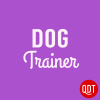Small Dogs, Explained
Get to the bottom of your small dog’s behavior.

In my experience, little dogs seem scared and defensive more often than big dogs do. People often assume this is because there’s something basically wrong with them. The stereotypes I hear sound a lot like stereotypes about women and gay men. Your Dog Trainer can’t unpack that one in a podcast, but I do have some ideas about why small dogs act the way they do. And how their owners and other human friends can help.
How to Understand Little Dogs
My dog Juniper loves every person he has ever met. He also weighs in at 80 pounds of muscle and bone, and he has a big grin with a lot of teeth in it. Here is one experience Juni doesn’t often have: a total stranger swooping down on him, cooing “Oh, how cute!” and draping herself over his entire body. Without exception, my small-dog clients tell me this has happened to their dogs. More than once. Sometimes the stranger actually grabs the dog and picks him up.
Now, doesn’t that sound like fun? You’re walking along, minding your business, when a much larger animal that you have never met before grabs you and sweeps you into the air.
There you have clue one about small dogs and why they often seem a bit on edge.
Hold Still for the Scary Thing
Here’s another common scene: a small child trots up to a small dog and wants to pet him. The small dog runs behind his owner’s legs. The owner feels bad for everybody: for the disappointed child, and for her scared dog. So she picks up her dog and holds him in place for the child to pet. People tell me that when they do this, they’re hoping their dog will confront his fear and learn that the child is no threat.
This happens with adults, too, but children are a big problem for many dogs. They move so fast. They flail. They are loud. They can be rough even when they don’t mean to be. Whether the stranger is a child or an adult, though, the dog’s experience is this: a stranger is handling him and he can’t get away. It’s not a setup for teaching a calm and confident view of the world.
Why You Should Socialize Your Small Puppy
The third strike for many little dogs is that as young puppies they stayed home. And stayed home. And stayed home. Puppies need a wide, pleasant experience of the world and they need it early. That means before the age of 12 weeks, and at an absolute maximum, 14. Badly undersocialized puppies grow up into dogs who are afraid of the world. Sometimes that fear can be diminished, but rarely if ever undone. Life is full of stress for a fearful dog. And he’s much likelier to growl, snarl, snap, bite.
Undersocialization is a problem for big dogs too. But I suspect it’s more common among small dogs; maybe because small puppies seem frail, or because it seems easier to paper train a Chihuahua rather than go outside at 6 a.m. People generally take bigger puppies outdoors to pee and poop no matter what.
If you’ve got a small dog, you’ve probably already figured out what to do. I tell my clients, “Be rude so your dog doesn’t have to be.” No dog, big or small, exists to make up for the lack of petting zoos. Don’t let random people swoop down on your dog. If he retreats from someone or something, let him. Encourage him to explore. Tell him how great he is and slip him a treat when he checks out the person or object. If he’s still a puppy, take him to see and hear and smell the world. Carry him in a basket or a sling if he hasn’t had his shots. People will want to pet him. That’s fine, but make sure your pup is having a good time. Keep the touches gentle. Bring the puppy’s breakfast kibble with you on your walks and follow up every touch with a treat.
Come to think of it, all of that is good advice no matter what size your dog.
Image courtesy of Shutterstock


